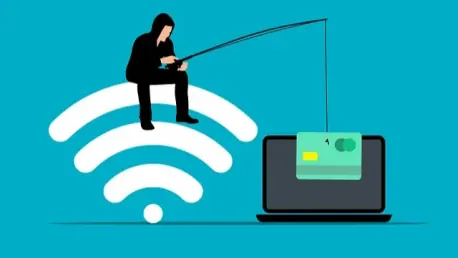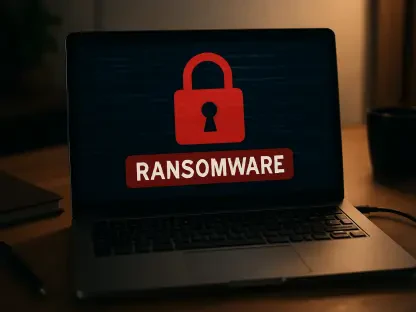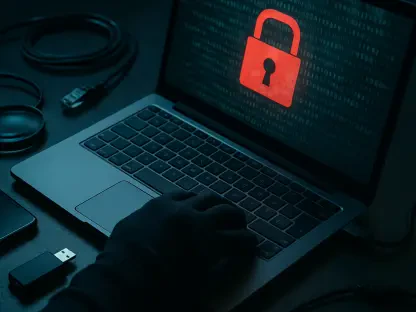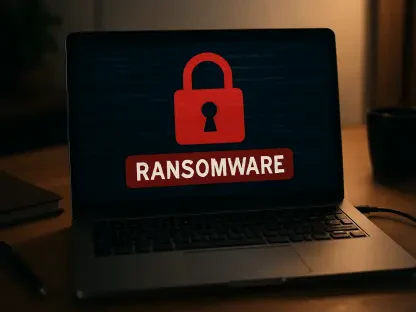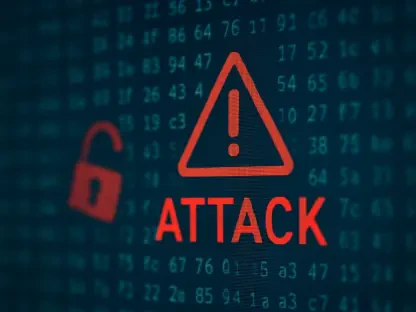As we approach the holiday season, a time filled with joy, celebration, and giving, it’s also crucial to be aware of the heightened risk of cyber threats that tend to spike during this period. Phishing attacks, where cybercriminals use deceptive tactics to steal sensitive information or gain unauthorized access, are particularly rampant this time of year. While you celebrate the festivities and shop for gifts, cybercriminals are working hard to exploit your trust and emotions. This article aims to provide essential phishing awareness tips to help both businesses and consumers stay safe from these ever-evolving cyber threats.
Understanding Phishing and Its Impact
Phishing is a form of cybercrime where attackers use deceptive emails, messages, or websites to trick individuals into disclosing personal or financial information. These attacks can lead to significant financial losses, identity theft, and damage to an organization’s reputation. Understanding the nature of phishing and its potential impact is the first step in protecting yourself. Phishing attacks often exploit human emotions, such as fear, curiosity, or urgency, to prompt immediate action. Cybercriminals may pose as trusted entities, such as banks, online retailers, or even colleagues, to gain your trust and trick you into providing sensitive information. Recognizing these tactics can help you stay vigilant and avoid falling victim to phishing scams.
One common tactic used by phishers includes creating a sense of urgency to ensure that individuals act quickly without taking time to think critically. You might receive an email warning that your account will be closed if you don’t act immediately, prompting a hurried response. Another tactic includes using trusted names; such as sending emails that appear to be from legitimate entities like your bank, an online store, or a colleague, which makes the recipient more likely to trust and follow the instructions contained in the email. This art of mimicry plays a big role in the success of phishing schemes. Understanding these psychological and social tactics allows you to take preventative measures to guard against phishing threats.
Phishing Awareness Tips for Businesses
Regular and Just-in-Time Training
One of the most effective ways to combat phishing attacks is through regular and just-in-time training for employees. Conducting frequent cybersecurity training sessions that cover the latest phishing tactics and teaching employees how to recognize them significantly improves a business’s phishing defense strategy. Enhanced training sessions that incorporate phishing simulations provide real-time learning experiences that help employees learn through experience and improve their ability to identify and respond to actual phishing attempts. By simulating real-world scenarios, employees can practice their skills in a safe environment and receive immediate feedback on their performance, enabling continuous improvement in their response to potential threats.
Conduct Regular Phishing Simulation Tests
Regular unannounced phishing simulations are crucial in keeping employees on their toes. These tests help reinforce previous training and ensure that employees remain vigilant against phishing threats. Conducting these simulations periodically allows businesses to identify areas where additional training may be needed and address any weaknesses in their phishing awareness strategy. The data gathered from these simulation tests provide valuable insights into the effectiveness of your training programs. By analyzing the results, businesses can fine-tune their training efforts, ensuring that employees are well-prepared to handle phishing attacks. Additionally, these insights can help in developing more targeted training sessions for specific groups within the organization that may require further development in recognizing phishing attempts.
Make Reporting Phishing Easy
Establishing clear reporting protocols and providing non-judgmental ways for employees to report suspected phishing attempts quickly are essential steps in an organization’s defense plan. Encouraging a culture where employees feel comfortable reporting suspicious activities without fear of reprisal promotes better communication and enables quicker responses to potential threats, thereby mitigating the risk of successful phishing attacks. Offering easy-to-use reporting tools, such as a dedicated email address or a simple reporting button in their email client, can help streamline the reporting process. Additionally, it’s important to ensure that employees are educated on the importance of reporting phishing attempts and how their actions contribute to protecting the organization from cyber threats.
Phishing Awareness Tips for Consumers
Don’t Overlook Obvious Signs
Often, the most telling signs of phishing can be found in small details such as typos, incorrect contact information, and unusual attachments in emails and texts. Cybercriminals often make mistakes that can give away their intentions. Being vigilant for these errors can help consumers avoid falling victim to phishing scams. For instance, if an email purporting to be from your bank contains obvious spelling mistakes or strange syntax, it’s likely to be a phishing attempt. Similarly, if the email address of the sender looks suspicious or does not match the official contact information of the organization they claim to represent, it’s a red flag.
Always exercise caution with emails or messages that ask for personal or financial information, especially if they come from unknown sources. Legitimate organizations typically do not request sensitive information through email or text messages. If you receive such a request, it’s prudent to verify its legitimacy through other known and official channels before taking any action. This extra step can save you from significant headache and loss, as it provides a layer of verification that reduces the risk of falling prey to phishing.
Be Skeptical and Verify Through Other Channels
Another effective way to prevent phishing is to always verify the legitimacy of communications by checking official websites or using verified contact methods rather than clicking on provided links. Cybercriminals often create fake websites that look identical to legitimate ones to trick you into entering your information. By navigating to the official website directly, you can ensure that you are interacting with the legitimate entity, reducing the likelihood of providing sensitive information to cybercriminals.
If you receive a suspicious email or message, it’s always wise to contact the organization directly using a phone number or email address you know to be genuine. This simple step allows you to confirm whether or not the communication is legitimate, thereby avoiding falling victim to a phishing scam. Verifying through known channels provides peace of mind and ensures that you are protected against fraudulent attempts to steal your information.
Pay Attention to Urgency
It is important to always treat urgent messages with skepticism, as scammers often use urgency to prompt immediate, unverified actions. Messages claiming that you need to act quickly to avoid a negative consequence or to take advantage of a limited-time offer are frequently part of phishing attempts. Taking a moment to verify the legitimacy of the message before responding can save you from potential scams. Cybercriminals rely on creating a sense of urgency to bypass your critical thinking and prompt you to act without verifying the information. By recognizing this tactic, you can take a step back and assess the situation more rationally, reducing the likelihood of falling for a phishing scam. Remember, legitimate organizations will usually give you ample time and multiple channels to address any issues or offers.
Top Scams to Watch Out For
Seasonal or Holiday-Themed Scams
During the holiday season, be on the lookout for seasonal or holiday-themed scams. Cybercriminals often take advantage of the festive spirit to craft convincing phishing emails and messages that capitalize on people’s generosity and gift-giving habits. These scams may include fake holiday promotions, gift card offers, or charity donation requests that are designed to steal your information or finances. Always verify the legitimacy of these offers by checking the organization’s official website or contacting them directly using verified contact details. Being cautious and skeptical of unsolicited holiday offers can protect you from falling victim to these scams.
Phony Shipping and Delivery Notifications
As the holiday season approaches, filled with joy, celebrations, and the spirit of giving, it is also a critical time to be vigilant about the increased risk of cyber threats. This period sees a significant rise in phishing attacks, where cybercriminals employ deceptive tactics to steal sensitive information or gain unauthorized access to your accounts. While you’re enjoying festivities and shopping for gifts, these criminals are hard at work, exploiting your trust and emotional vulnerability.
Phishing attacks often come in the form of emails or messages that appear to be from legitimate sources, tricking you into revealing personal information such as passwords, credit card numbers, or other private data. They may disguise themselves as online retailers, popular customer service representatives, or even charities to lure you in.
This article aims to shed light on essential phishing awareness tips that can help both businesses and consumers stay safe from these increasingly sophisticated cyber threats. It’s crucial to maintain a healthy skepticism when receiving unsolicited messages, avoid clicking on suspicious links, and ensure that you only input personal information on trusted websites. Use multi-factor authentication wherever possible to add another layer of security. By staying informed and cautious, you can enjoy a secure holiday season, free from the worry of falling victim to these cyber scams.
